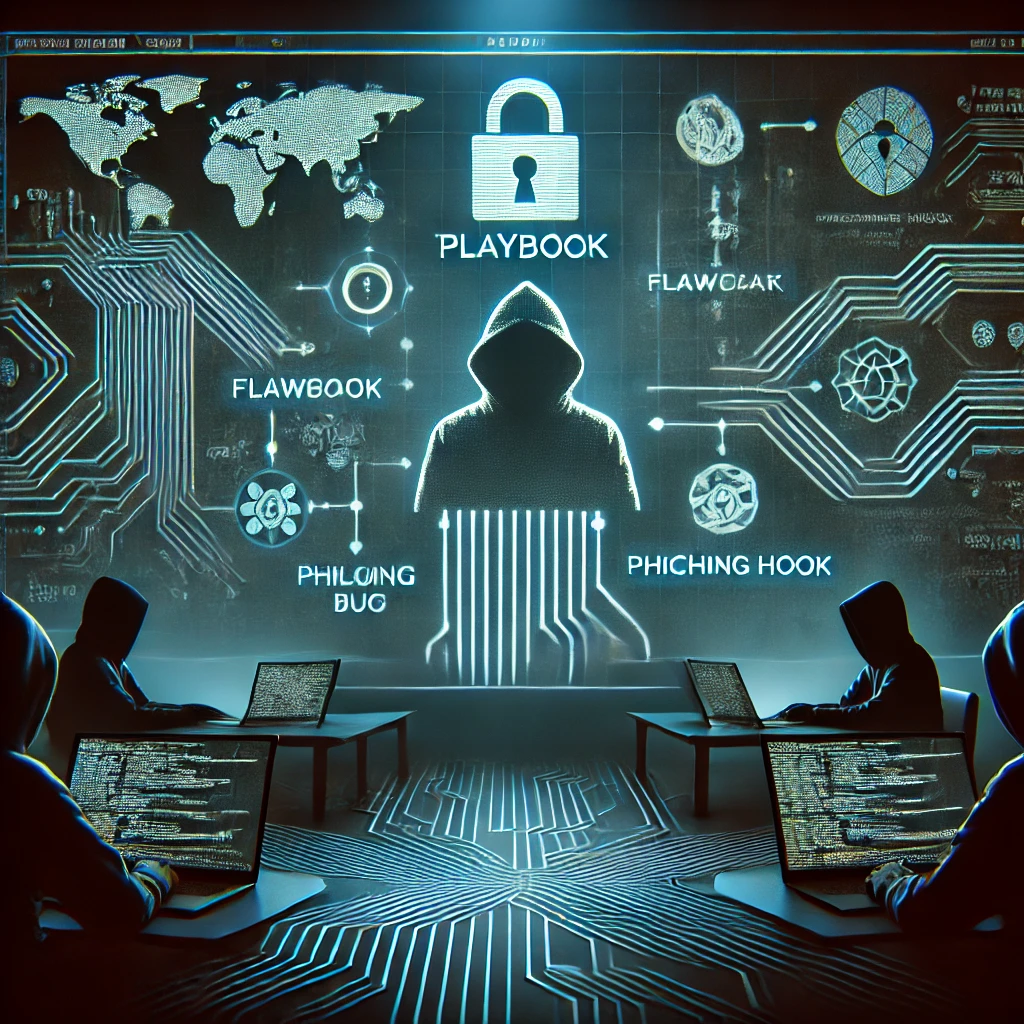“The Chinese state-sponsored cyber group Volt Typhoon has an increasingly destructive attitude toward Western critical infrastructure sectors,” warns Craig Watt, threat intelligence consultant at Quorum Cyber, a BridgeView PR Services client. He notes the group appears to be pre-positioning within U.S. networks, likely to enable disruptive actions during a future conflict, particularly targeting communications between Washington D.C. and East Asia. BridgeView’s clients have their finger on the pulse of global cyber threats, and getting their findings registered in prominent publications is not just our job–it’s a public service!
Case-in-point: Journalist David Geer at Communications of the ACM recently published an article titled “Reasons to Raise the Cyber-Shields.” The article begins by explaining that access to essentials like food, healthcare, and utilities is a cornerstone of modern life—yet growing disruptions to these services are increasingly the result of targeted cyberattacks rather than natural disasters or resource shortages. Nation-state actors deliberately undermine critical national infrastructure (CNI), creating manufactured crises. According to the U.S. Department of Homeland Security’s 2025 Homeland Threat Assessment, China, Russia, and Iran pose the greatest foreign threats, actively seeking to infiltrate and destabilize U.S. infrastructure through espionage and cyber-sabotage.
To support this statement, David needs an intelligent and credible source—that’s where BridgeView comes in. Our clients are skilled cybersecurity professionals who have been rebounded for their knowledge of cyber-criminal activity. When journalists need cybersecurity information, they turn to BridgeView Marketing for sources who can convey statements such as, “Iranian threat actors are acting as initial access brokers against energy firms and healthcare providers and selling the access to cybercriminal gangs,” said Watt, adding that the threat actors’ motives are almost certainly to counter-sanctions against Iran.
David pens a must-read article about compromised data, attack patterns, and current security effectiveness. Take 7 to 9 minutes to read it—it’s an enlightening wake-up call!




0 Comments